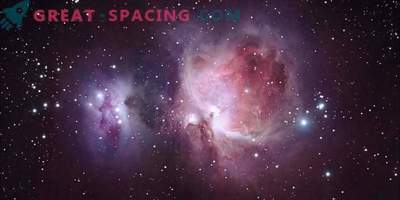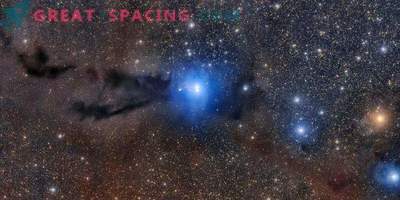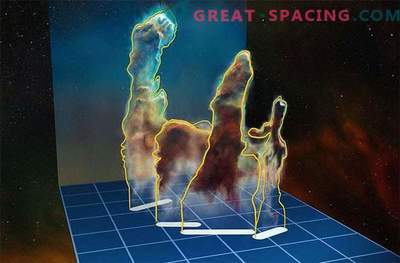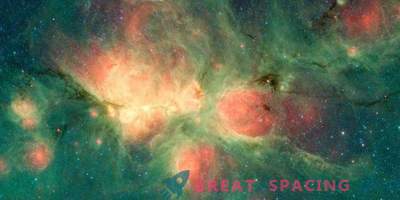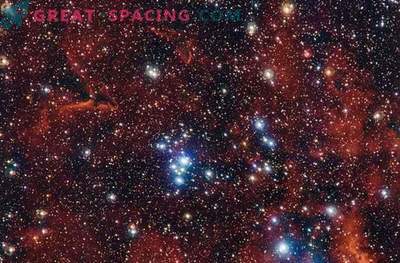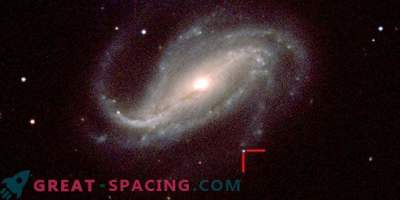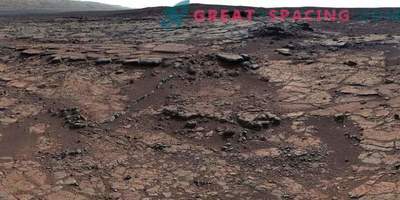
A bright Tarantula Nebula, the most impressive feature of the Large Magellanic Cloud, lives at a distance of 160000 light years. The picture was taken by the Very Large Telescope at the Paranal Observatory (Chile) and displays this site in detail, revealing the cosmic landscape of star clusters, gas clouds and scattered remnants of supernova explosions.
Using the capabilities of the Very Large Telescope at the Paranal Observatory (Chile), scientists obtained this detailed snapshot of the Tarantula Nebula, as well as its numerous neighboring nebulae and star clusters. This nebula is considered to be the brightest and most energetic zone of stellar birth in the Local Group of Galaxies.
The Tarantula Nebula (above) spans over 1000 light-years and resides in the territory of the constellation Golden Fish. Part of the Large Magellan Cloud, a dwarf galaxy stretching 14,000 light years.
At the heart of the nebula lies the large-scale star cluster NGC 2070. This is a flash region in which the dense core of R136 contains one of the most massive and bright stars. The bright glow of the Tarantula Nebula itself was first recorded in 1751 by Nicolas Louis de Lacaille. There is also a star cluster Hodge 301 - much more ancient and has at least 40 stars exploding as supernovae. One example of the remainder is SNR N157B, covering the open star cluster NGC 2060. It was first found by John Herschel in 1836 using an 18.6-inch reflector telescope at Cape Good Hope (South Africa). The famous supernova SN 1987A can be found at the bottom right of the nebula.
Moving to the left, you will notice the bright open star cluster NGC 2100, displaying a bright concentration of blue stars surrounded by red ones. In 1826, the cluster found James Dunlop, working in Australia with a homemade 9-inch reflecting telescope.
In the center is the star cluster and emission nebula NGC 2074, found by John Herschel. If you look closely, you can see a giant configuration of dust, in form resembling a seahorse. These columns span approximately 20 light years. For millions of years, the structure will disappear, because the winds of the stars will dust columns.
The picture was obtained thanks to the 256-megapixel camera of the OmegaCAM Very Large Telescope.
